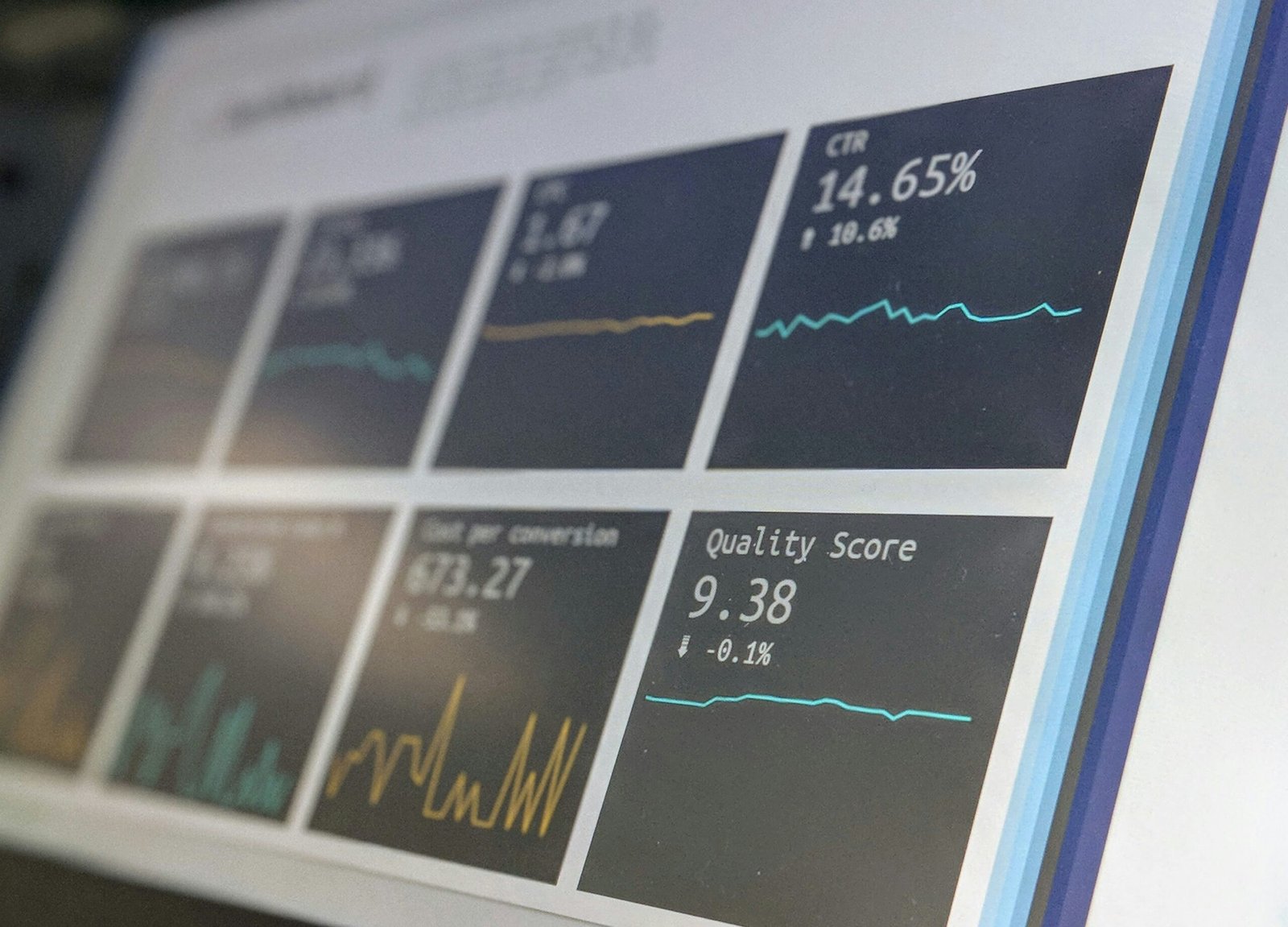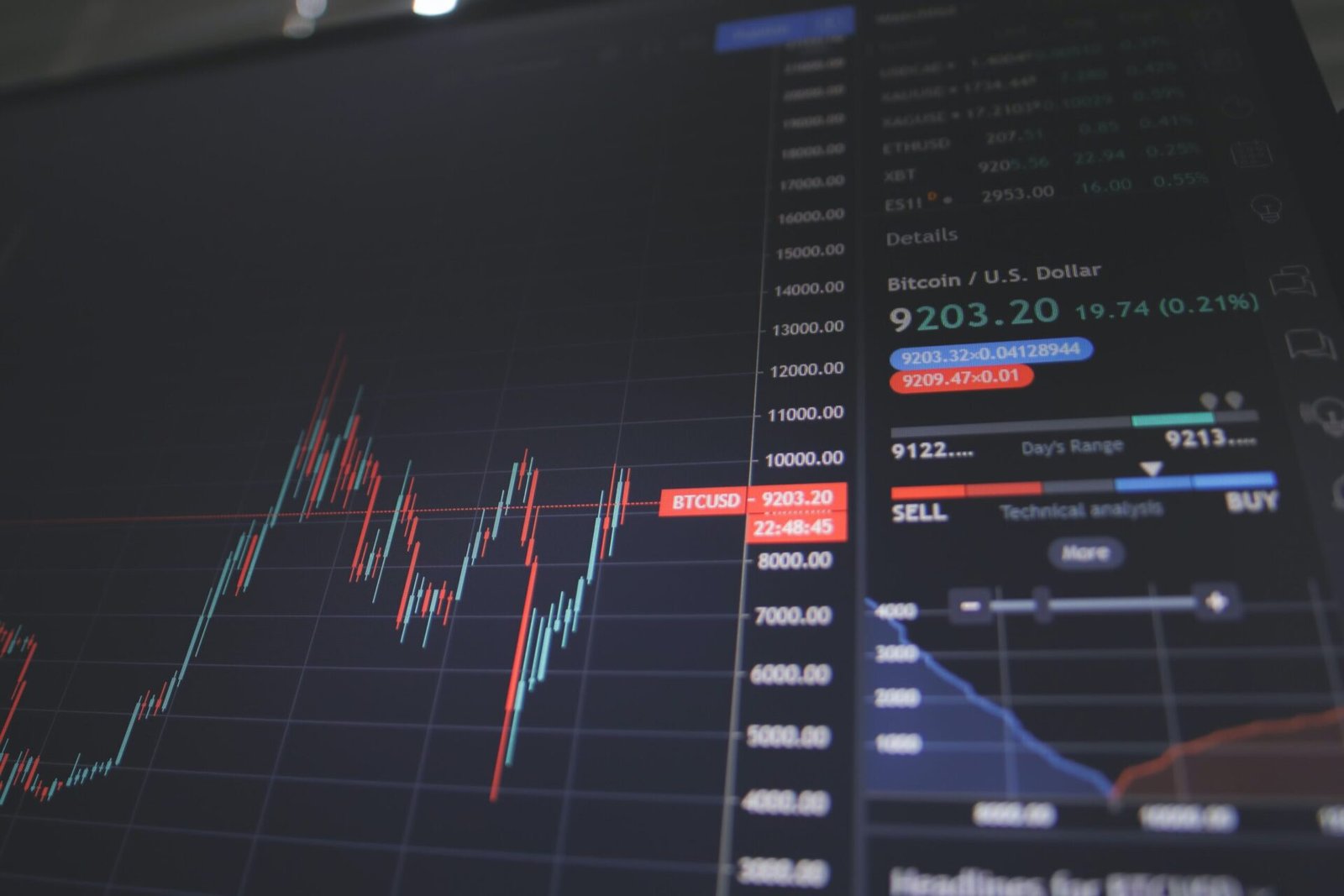Introduction
When it comes to making investment decisions, there are various approaches that investors can take. Two popular methods are technical analysis and statistical modeling. While both have their merits, this article will explore why technical analysis is often considered to be a better approach than a purely statistical model.
Technical analysis is a method that involves analyzing historical price and volume data to predict future price movements. It is based on the belief that market trends and patterns can be identified and used to make informed investment decisions. This approach relies on the use of charts, indicators, and other tools to identify potential entry and exit points for trades.
On the other hand, statistical modeling involves using mathematical formulas and algorithms to analyze historical data and make predictions about future outcomes. This approach focuses on identifying patterns and relationships between variables to make investment decisions.
While statistical modeling can be effective in certain situations, it has some limitations that make technical analysis a preferred approach for many investors. One of the main drawbacks of statistical modeling is that it relies heavily on historical data and assumes that past patterns and relationships will continue to hold in the future. However, financial markets are dynamic and constantly evolving, making it difficult to rely solely on historical data to predict future outcomes.
In contrast, technical analysis takes into account the current market conditions and price movements to make investment decisions. It recognizes that market trends and patterns can change over time and adjusts its analysis accordingly. This flexibility allows technical analysts to adapt to changing market conditions and make more timely and accurate investment decisions.
Another advantage of technical analysis is its focus on price and volume data. Technical analysts believe that price and volume are the most important factors in determining market trends and patterns. By analyzing these factors, they can identify key support and resistance levels, trend lines, and other indicators that can help them make informed investment decisions.
Furthermore, technical analysis provides investors with a clear and systematic approach to analyzing the market. It offers a set of rules and guidelines that can be followed to identify potential trading opportunities and manage risk. This can be particularly helpful for novice investors who may not have the experience or expertise to develop their own trading strategies.
In conclusion, while both technical analysis and statistical modeling have their merits, technical analysis is often considered to be a better approach for making investment decisions. Its focus on current market conditions, price and volume data, and its systematic approach make it a preferred method for many investors. By understanding the principles and techniques of technical analysis, investors can improve their chances of success in the financial markets.
Technical analysis is a widely used approach in the financial markets that helps traders and investors make informed decisions. By examining historical price and volume data, technical analysts aim to identify patterns and trends that can indicate future price movements. This method is based on the belief that market behavior is not entirely random and that past price movements can provide valuable information about future price movements.
One of the key tools used in technical analysis is charting. Charts are graphical representations of price and volume data over a specific period of time. They allow analysts to visually identify patterns and trends, such as support and resistance levels, trend lines, and chart patterns. These patterns can provide insights into the psychology of market participants and help predict future price movements.
Another important concept in technical analysis is the use of indicators. Indicators are mathematical calculations based on price and volume data that can help traders identify potential entry and exit points. There are various types of indicators, including moving averages, oscillators, and trend-following indicators. These indicators can be used to confirm or contradict the signals generated by chart patterns, providing traders with additional information to make trading decisions.
Technical analysis is not without its critics, who argue that it is based on subjective interpretations of historical data and that it does not take into account fundamental factors that can influence market prices. However, proponents of technical analysis argue that it is a valuable tool for short-term trading and can provide an edge in the market.
In conclusion, technical analysis is a method of evaluating securities that involves analyzing historical market data to identify patterns and make predictions about future price movements. It is based on the belief that past price and volume data can provide valuable insights into market behavior. By using tools such as charts and indicators, technical analysts aim to identify patterns and trends that can help traders and investors make informed decisions.
The Limitations of Statistical Models
Statistical models, on the other hand, rely on mathematical formulas and algorithms to analyze data and make predictions. While statistical models can be useful in certain situations, they have some limitations that make them less effective than technical analysis in the context of investment decision-making.
One of the main limitations of statistical models is their reliance on historical data. These models are built based on past patterns and trends, assuming that they will continue into the future. However, the financial markets are dynamic and constantly changing, making it difficult for statistical models to accurately predict future outcomes. Additionally, statistical models often fail to account for unforeseen events or outliers that can significantly impact investment performance.
Another limitation of statistical models is their inability to capture qualitative factors. These models primarily focus on quantitative data such as price movements, volume, and other market indicators. While these factors are important, they do not take into account qualitative factors such as company fundamentals, market sentiment, and geopolitical events. These qualitative factors can play a crucial role in investment decision-making and can significantly impact the performance of a stock or market.
Furthermore, statistical models are limited by their assumptions and simplifications. These models often make assumptions about the underlying data, such as assuming that it follows a normal distribution or that it is stationary over time. However, these assumptions may not hold true in real-world scenarios, leading to inaccurate predictions and unreliable results. Additionally, statistical models often simplify complex market dynamics into mathematical formulas, which can oversimplify the complexities of the financial markets and lead to flawed predictions.
Moreover, statistical models are limited by their inability to adapt to changing market conditions. These models are typically built based on historical data and assumptions, and they do not have the ability to adjust their predictions in real-time as market conditions change. This lack of adaptability can result in poor investment decisions, especially during periods of high volatility or market disruptions.
In contrast, technical analysis takes a different approach by focusing on price patterns, trends, and market psychology. It seeks to identify patterns and trends in price movements that can be used to predict future price movements. Technical analysis also takes into account market sentiment and investor psychology, which can provide valuable insights into market behavior.
In conclusion, while statistical models can be useful in certain situations, they have limitations that make them less effective than technical analysis in the context of investment decision-making. These limitations include their reliance on historical data, their inability to capture qualitative factors, their assumptions and simplifications, and their lack of adaptability to changing market conditions. Therefore, investors should consider incorporating technical analysis alongside statistical models to make more informed investment decisions.
Subjectivity vs. Objectivity
One of the key advantages of technical analysis over statistical models is its objectivity. Technical analysis is based on observable data, such as price and volume, which can be easily analyzed and interpreted. Statistical models, on the other hand, often involve complex mathematical formulas and assumptions that can introduce subjectivity into the analysis.
For example, statistical models may require the selection of certain variables or assumptions about the distribution of data. These choices can have a significant impact on the results and can vary depending on the analyst’s interpretation. In contrast, technical analysis relies on objective data that is readily available to all market participants.
Technical analysis provides a systematic approach to analyzing financial markets, allowing traders and investors to make informed decisions based on historical price patterns and trends. By focusing on objective data, technical analysis eliminates the potential biases and subjectivity that can arise from subjective interpretations of statistical models.
Furthermore, technical analysis offers a clear and concise framework for understanding market behavior. It provides traders with specific entry and exit points, as well as stop-loss levels, based on historical price patterns and indicators. This allows traders to set clear rules and guidelines for their trades, reducing the impact of emotions and impulsive decision-making.
Another advantage of technical analysis is its ability to identify trends and reversals in the market. By analyzing historical price data, technical analysts can identify patterns and formations that indicate the direction of the market. This can be particularly useful in volatile markets, where sudden shifts in sentiment can lead to significant price movements.
However, it is important to note that technical analysis is not without its limitations. While it provides valuable insights into market behavior, it cannot predict future events or guarantee the accuracy of its predictions. Market conditions can change rapidly, and technical analysis should be used in conjunction with other forms of analysis and risk management techniques.
In conclusion, technical analysis offers a systematic and objective approach to analyzing financial markets. By focusing on observable data and historical price patterns, it provides traders and investors with valuable insights into market behavior. While it has its limitations, technical analysis remains a widely used tool in the financial industry, helping traders make informed decisions and manage risk effectively.
Technical analysis is a method that focuses on price movements and believes that all relevant information about a security is reflected in its price. This approach is based on the assumption that historical price patterns and trends can provide valuable insights into potential buying or selling opportunities.
One of the key advantages of technical analysis is its ability to analyze price movements in a systematic and objective manner. Technical analysts use various tools and techniques, such as chart patterns, indicators, and trend lines, to identify patterns and trends in price data. These patterns and trends can help traders and investors make informed decisions about when to enter or exit a position.
For example, a technical analyst may observe a bullish trend in a stock’s price, characterized by a series of higher highs and higher lows. This pattern suggests that the stock is in an uptrend and may continue to rise in the future. Based on this analysis, a trader may decide to buy the stock in anticipation of further price appreciation.
In contrast, statistical models often take into account a wide range of variables and factors that may or may not be directly related to price movements. These models use complex mathematical algorithms to analyze data and identify relationships and correlations between different variables.
While statistical models can be useful in certain contexts, they may not necessarily provide insights into the direction or magnitude of price movements. This is because these models may not capture the nuances and dynamics of the market that are reflected in price data.
Furthermore, technical analysis provides a visual representation of price movements through charts and graphs. This visual representation allows traders and investors to quickly and easily identify patterns and trends, without getting bogged down in complex statistical calculations.
Overall, the focus on price movements is a key advantage of technical analysis. By studying historical price patterns and trends, technical analysts can gain valuable insights into potential buying or selling opportunities, helping them make informed decisions in the market.
Flexibility and Adaptability
Technical analysis also offers greater flexibility and adaptability compared to statistical models. The field of technical analysis is constantly evolving, with new tools and techniques being developed to analyze market data. Technical analysts can adapt their approach to changing market conditions and incorporate new information into their analysis.
Statistical models, on the other hand, can be more rigid and less adaptable. Once a statistical model is developed, it may be difficult to modify or update it to reflect new information or changing market dynamics. This can limit the effectiveness of statistical models in dynamic and rapidly changing markets.
One of the reasons for the flexibility of technical analysis is its reliance on charts and patterns. Technical analysts study price charts and identify patterns that can provide insights into future price movements. These patterns can be used to make predictions and inform trading decisions. The advantage of using charts is that they are visual representations of market data, which makes it easier for analysts to spot trends and changes in market sentiment.
Moreover, technical analysis can be applied to various financial markets, including stocks, commodities, and currencies. This versatility allows technical analysts to apply their skills and knowledge across different asset classes and adapt their strategies accordingly. For example, a technical analyst who specializes in stock market analysis can easily transition to analyzing currency markets by applying the same principles and techniques.
Additionally, technical analysis can be used in conjunction with other forms of analysis, such as fundamental analysis. Fundamental analysis focuses on the intrinsic value of an asset, taking into consideration factors such as company financials, industry trends, and macroeconomic indicators. By combining technical and fundamental analysis, traders can gain a more comprehensive understanding of the market and make more informed trading decisions.
In conclusion, technical analysis offers greater flexibility and adaptability compared to statistical models. Its reliance on charts and patterns, versatility across different financial markets, and compatibility with other forms of analysis make it a valuable tool for traders and investors. As the field of technical analysis continues to evolve, it will likely become even more sophisticated and effective in predicting market trends and identifying profitable trading opportunities.
Technical analysis goes beyond just analyzing patterns and trends in market data. It delves deep into understanding the psychology of market participants and how their emotions and behavior can impact price movements. This emphasis on market psychology sets technical analysis apart from other forms of analysis, such as statistical models.
Market psychology plays a crucial role in shaping the direction and intensity of price movements. For example, during periods of optimism and bullish sentiment, investors tend to buy more, driving prices higher. Conversely, during times of fear and pessimism, investors may sell off their holdings, causing prices to decline. Technical analysts recognize that these emotional responses can create patterns and trends in market data, which can be analyzed and used to make predictions about future price movements.
By studying market psychology, technical analysts gain insights into the underlying reasons behind market movements. They understand that markets are driven by the actions and decisions of individual investors, who are influenced by a wide range of factors, including economic news, geopolitical events, and even their own biases and beliefs. Technical analysis helps to uncover these hidden drivers of market behavior, allowing analysts to make more informed predictions about future price movements.
On the other hand, statistical models may not explicitly consider market psychology or investor behavior. While these models can capture relationships and correlations in data, they may not provide the same level of depth and understanding as technical analysis. Statistical models rely solely on historical data and mathematical calculations, without taking into account the complex interplay of human emotions and behavior in the market.
In conclusion, technical analysis stands out for its focus on market psychology. By studying patterns and trends in market data, technical analysts gain insights into market sentiment and investor psychology. This understanding of market psychology allows analysts to make more accurate predictions about future price movements, giving them an edge in the highly competitive world of financial markets.






Be First to Comment